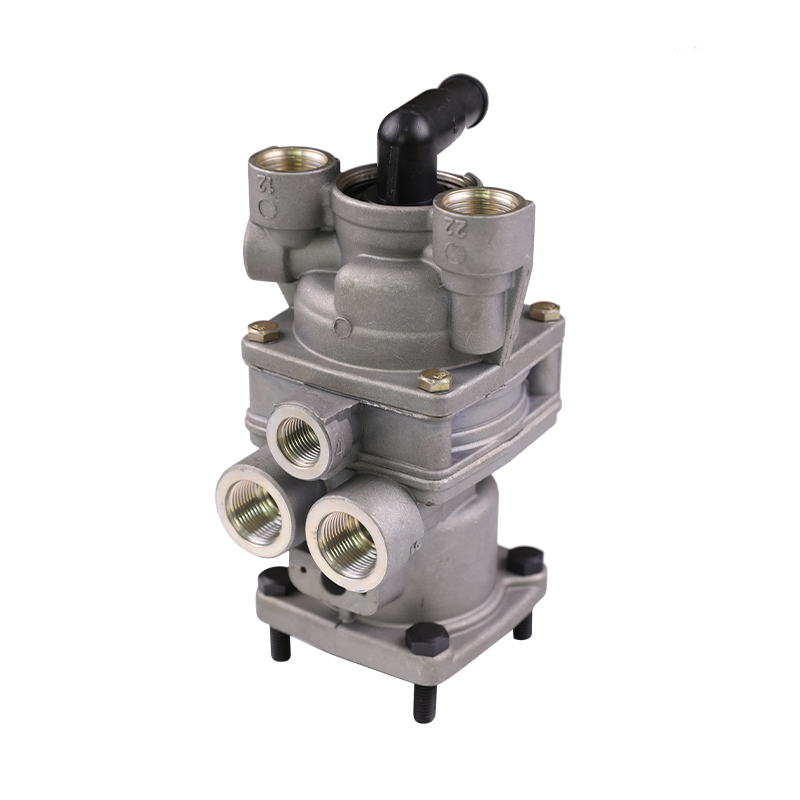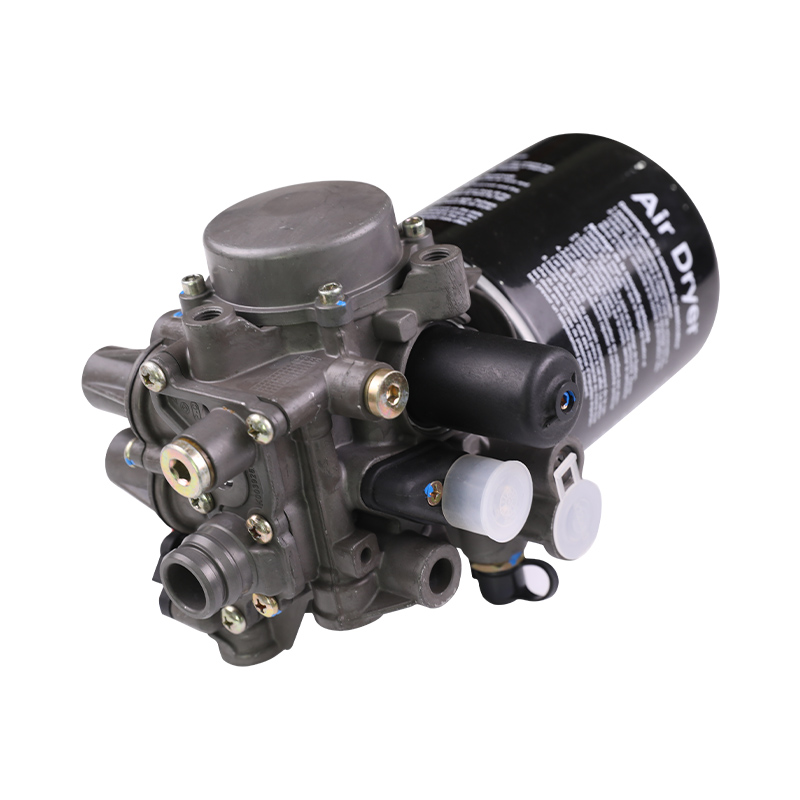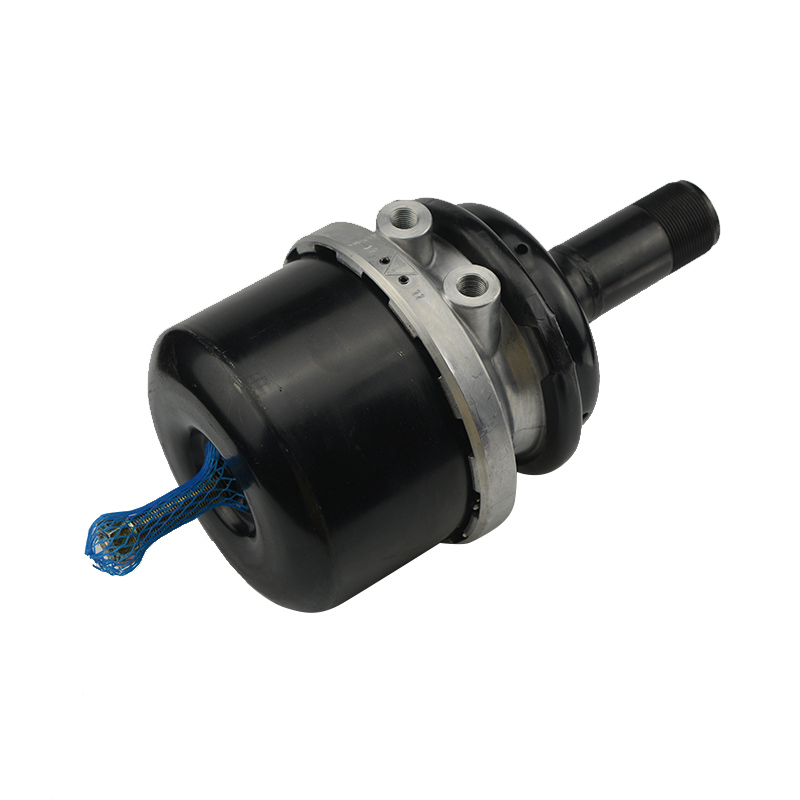A Quick Release Valve (QRV) is a braking device used to minimize the brake release time. It exhausts air through the brake system's air chambers and speeds up the exhaust of air through the release valve itself. The Quick Release Valve is available in a variety of configurations, including a larger differential, zero hysteresis, noise-reducing foam crosses, 11/32" mounting holes, and safety caps.
Air brake
A Quick Release Valve is a special valve that can quickly release brake air when a vehicle stops suddenly. The Quick Release Valve is located near the brake chamber, so exhaust air does not have to travel far to escape the vehicle. Generally, a vehicle will have two Quick Release Valves - one located near the pedal, and one located nearby the brake chamber. When a person applies the brake pedal, air flows toward the brake chamber. The Quick Release Valve in the brake chamber limits the air pressure to 50% to prevent front wheel lockup.
The Air Brake Supply System - the system that supplies the air to the brakes is called the Airbrake Supply System. It is powered by an engine and may have a governor to regulate its output. Air pressure in an air system is maintained at 100 to 120 psi. The driver can monitor the pressure of the system through dash mounted gauges. When the air pressure drops below this point, a low-pressure switch will send a signal to a buzzer or light on the dash.
Exhaust valve
A quick release exhaust valve quickly depressurizes or vents air from a pneumatic device, thereby reducing equipment cycling and releasing times. Its large internal air passages eliminate chattering normally associated with exhaust valves. Quick release valves are usually made of corrosion-resistant metal or plastic, and can be supported only by piping. Some models may include mounting brackets. This article describes the main uses of a quick release exhaust valve.
Quick release exhaust valves come in a variety of styles and sizes. Some are diaphragm-style, others feature a lip or inline body shape. They are available in a variety of port sizes. Quick exhaust valves also come in various port sizes. It's important to remember that there are two types of quick release exhaust valves. The two types are listed below. Choose the type that best meets your needs!
Spring-biased plunger
The quick release valve uses a spring-biased plunger. The plunger is biased toward its released position by a helical spring 24. The spring's lower end extends around the pedestal 12' while its upper end engages the walls of the plunger's opening. In this way, the plunger's release mechanism is held in place by resilient arms. These arms also function to prevent the spring from contacting the contact members.
The body of the plunger varies depending on the type of installation required. It may be threaded, with or without a lock nut, or smooth for push-fit installation. The plunger's nose may be a hex or patch that provides a locking element or be weldable for better mounting. If the receptacle is threaded, it can be attached to the flange by welding or screws.
Diaphragm
A diaphragm of a quick release valve controls the flow of fluid between two ports. It is a spring-loaded valve with a central plug portion 210 that cooperates with the annular valve seat 204. The spring retainer 208 biases the diaphragm into sealing engagement with the valve seat 212 at the port 182 end. Fluid pressure in the conduit 170 acts on the upper surface 218 of the diaphragm to control the flow of fluid between the ports.
In some applications, the diaphragm of the quick release valve may leak. Dirt can damage the diaphragm, which is the valve's sealing surface. To repair this, you need to replace the entire valve. Here are some tips to inspect and maintain the diaphragm of the quick release valve. If you don't replace the entire valve, you will have to replace the diaphragm.
Combined-limiting
The combined-limiting quick release valve is designed to relieve pressure from a system when the pressure drops below a preset pressure. The valve's blowdown is usually expressed as a percentage of the set pressure. Its range is between two and twenty percent. Some valves are adjustable to accommodate different pressure conditions. The blowdown is often the most important parameter for a valve, but it's not the only factor that should be considered.
A pressure-limiting quick release valve comprises a valve assembly 126 that receives a piston within the first chamber 116. The valve assembly 126 includes a piston 128, a spring 130, and an exhaust seal 132. The piston has a first side 136 that faces the control passage 120 and a second side 138 that faces the exhaust portion 112. The first side 136 has a cavity 140 at its base, while the second side 138 is a side wall extending away from the base 142. The exhaust seal 132 is positioned inside the second side 138 and has a smaller diameter than the piston.
Suction cup
Using a Quick Release






